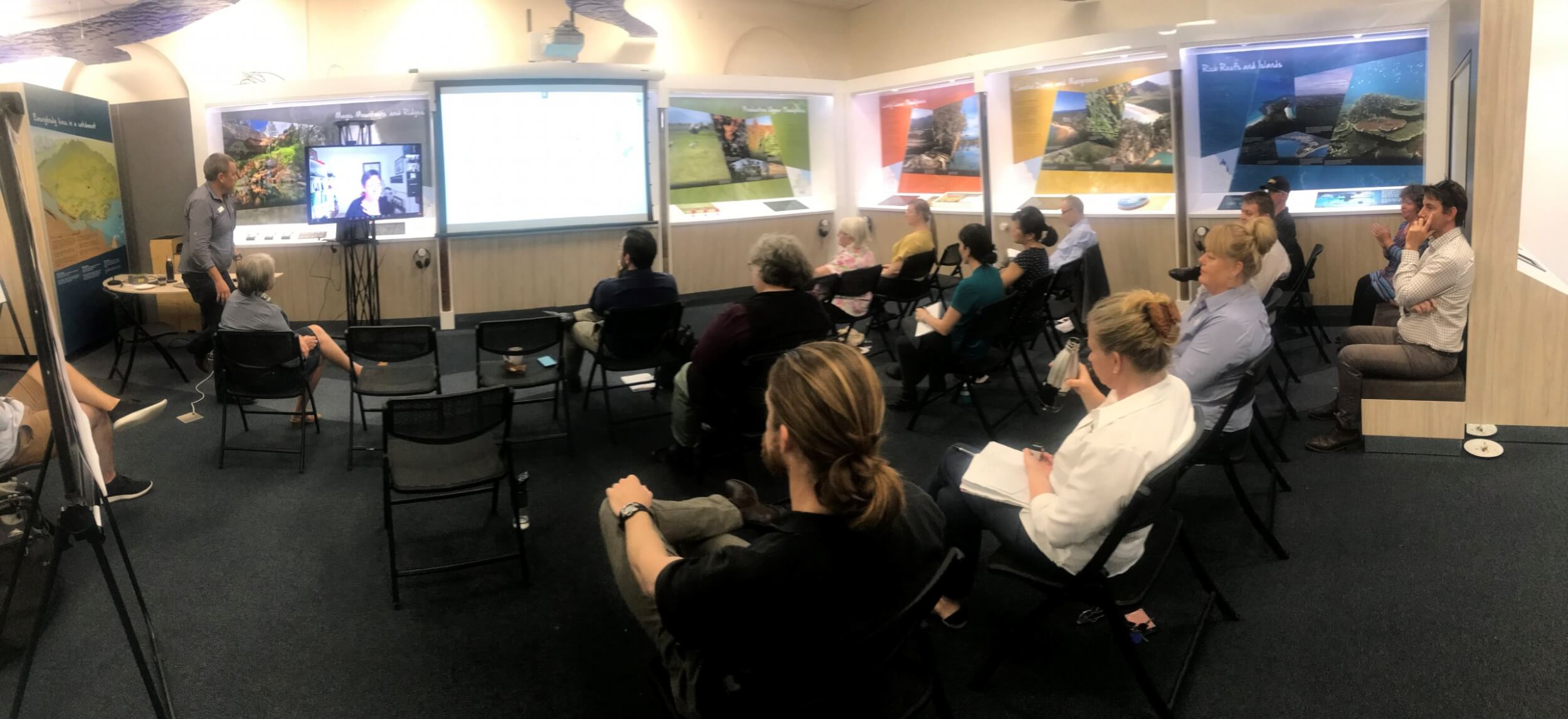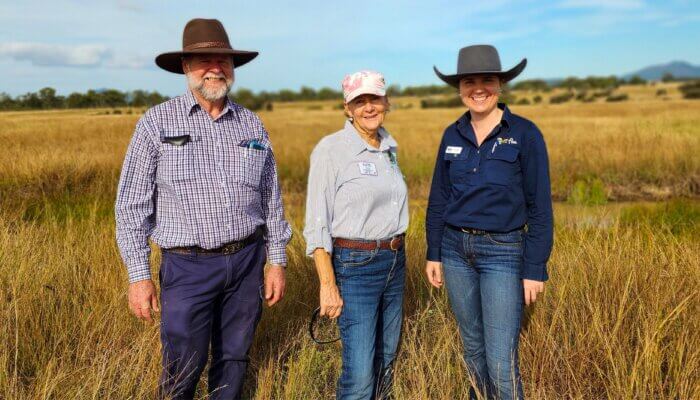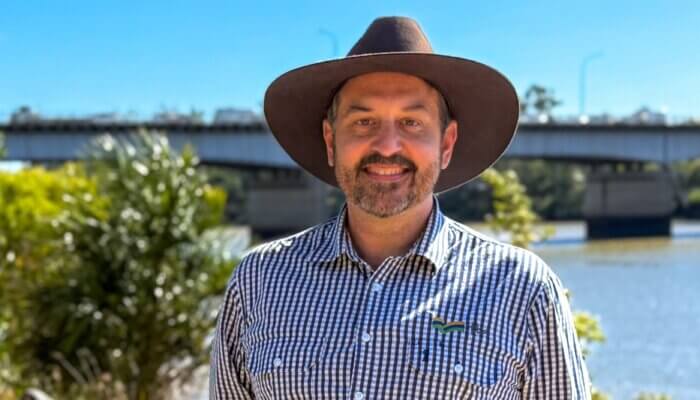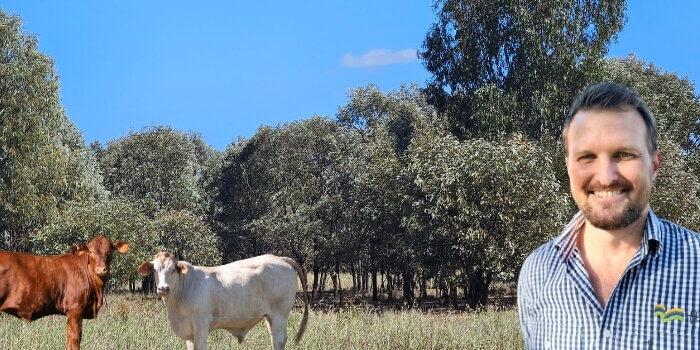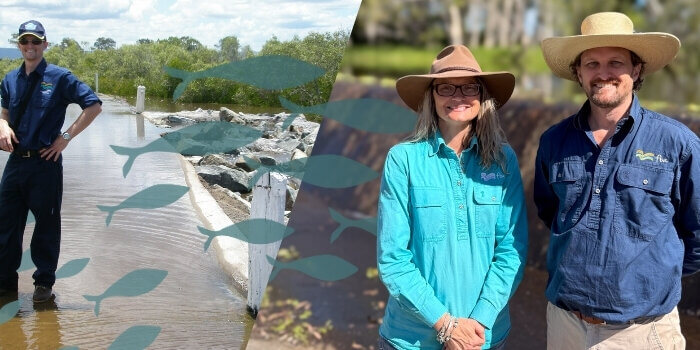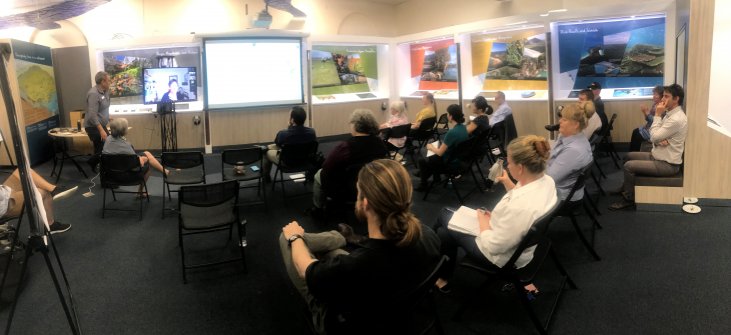
Fitzroy Integrated Science Forum keeps stakeholders updated
Posted on June 28th, 2021
Extension officers, industry, government, Natural Resource Management (NRM) organisations, Landcare groups and agribusinesses were invited to join the Fitzroy Integrated Science Forum, in Rockhampton on 27 May.
The event was packed with the latest science, research and information focussing on work that improves land management practices and the condition of catchments flowing to the Great Barrier Reef.
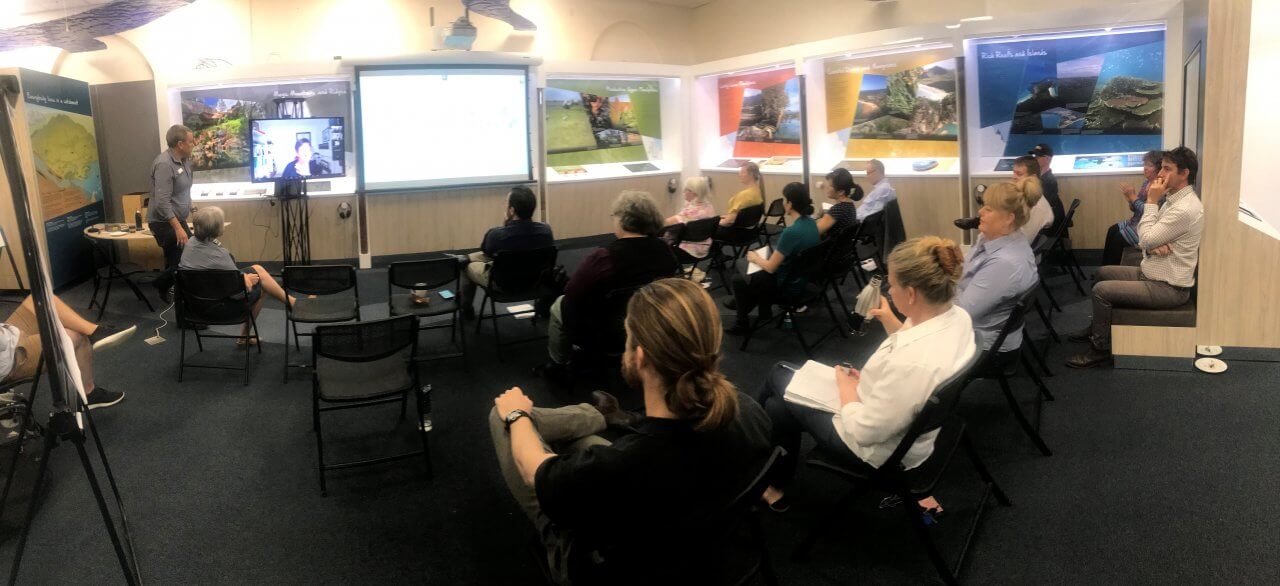
Central Queensland University’s Dr Michael Hewson put climate change in context for guests, declaring it is no longer hypothetical, before diving into central Queensland’s challenges to 2050. Conditions such as higher temperatures and more frequent hot days with harsher fire weather were likely to increase but there would also be more intense downpours to contend with.
Jane Waterhouse from James Cook University presented an overview of the 2017 Scientific Consensus Statement. The overview emphasised that climate change and extreme weather combined with declining water quality and land-based runoff were the biggest threats to the Great Barrier Reef. Ms Waterhouse concluded current initiatives needed to be accelerated along with ongoing improvements to governance, program design, delivery, and evaluation systems.
Carl Mitchell from the Office of The Great Barrier Reef, Department of Environment and Science provided a summary of the Paddock to Reef Integrated Monitoring, Modelling and Reporting Program. He reinforced that climate change, land-based runoff, coastal land use changes and direct use were the main management drivers that needed to be addressed. Mr Mitchell also pointed out that most water pollution still comes from agricultural activities. The Reef 2050 Water Quality Improvement Plan (2017-2022) provides greater detail about how the Paddock to Reef program monitors progress towards the targets.
Dr Leigh Stitz from the Fitzroy Partnership for River Health (FPRH) talked about their recently released report card. She explained to the audience how ecosystem grades were calculated and how those grades related to the Fitzroy Basin when measuring physical and chemical challenges, nutrients, toxicants, freshwater, and estuarine ecology outcomes. Dr Stitz said that a B grade was achieved, and data was scrutinised by an independent science panel. Since 2012, FPRH has released nine report cards with collaboration from 24 organisations.
FBA’s Extension Leader Andrew Lewis gave a landholder’s point of view of the Brigalow Offsets Program and how it was designed to compensate them for the loss of environmental values from approved mining or development activity. He spoke about the benefits in terms of guaranteed income, being rewarded for best management practices and income streams from country that may otherwise not be productive.
Overall, it was made clear that more efficient farming practices and improved water quality were the same side of the coin; they are complementary. Whilst report cards show improvement, there is still room for more significant advances; however, there was confidence the industry was taking steps in the right direction.
From this science forum, we have learned that the Fitzroy Region is making progress with tracking on-ground practice changes by farmers to measurable improvements in water quality flowing to the Reef.
This event was supported by the Fitzroy Basin Association and funded through the Australian and Queensland Governments’ Paddock to Reef program.





